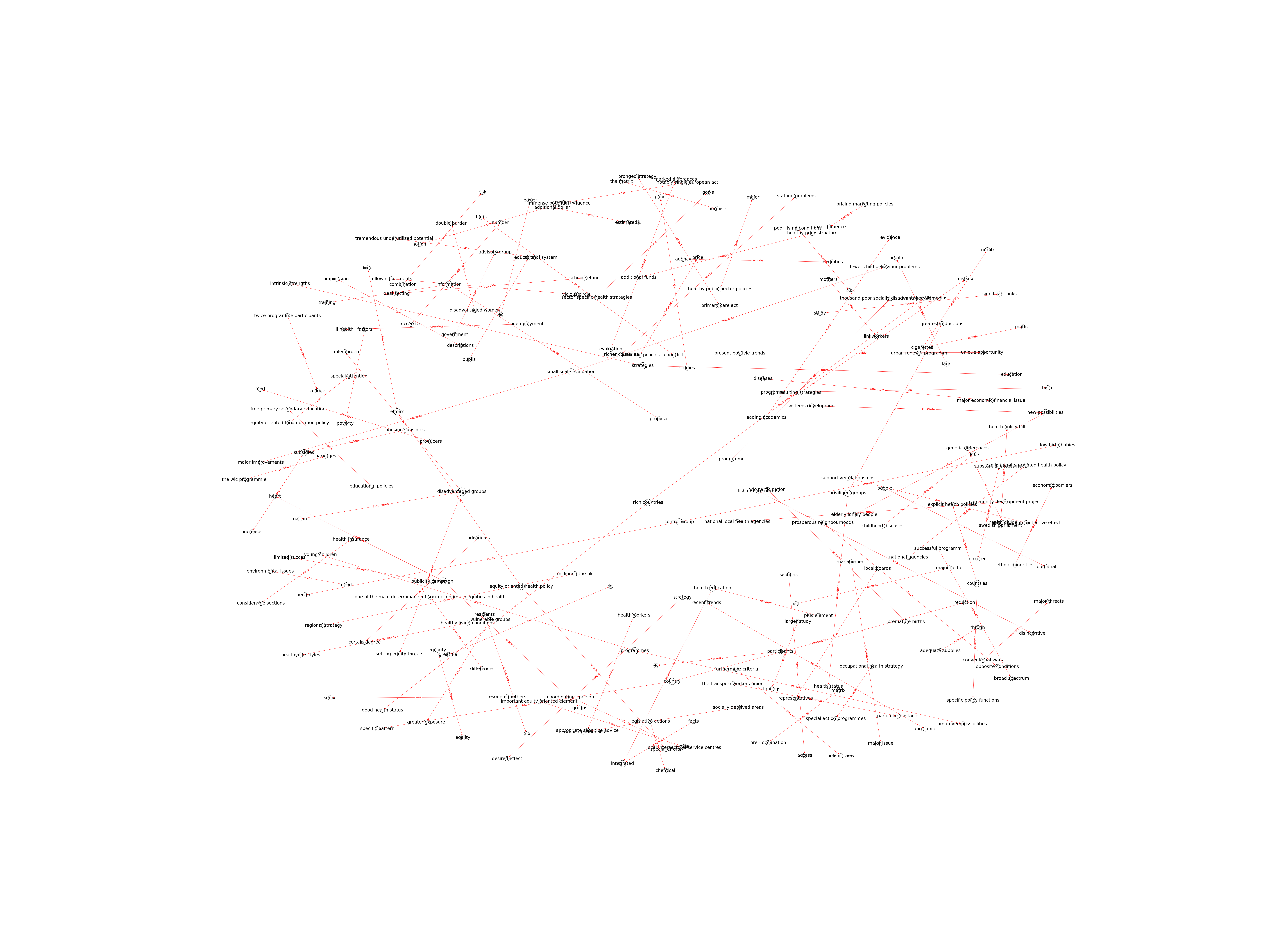| Id | 132 | |
| Author | Dahlgren, G., ; Whitehead, M., | |
| Title | Policies and strategies to promote social equity in health | |
| Reference | Dahlgren, G.; Whitehead, M. (1991). Policies and strategies to promote social equity in health. Institute for Future Studies, 14 (September): 67. |
|
| Keywords | Social equity; Health; Policies; Strategies |
|
| Link to article | https://www.iffs.se/media/1326/20080109110739filmZ8UVQv2wQFShMRF6cuT.pdf |
|
| Abstract | This is the second in a series of discussion papers from the WHO Regional Office for Europe. The present paper sets out to develop the discussion further by outlining a strategic approach to promote greater equity in health between different social and occupational groups. This draws on the work of WHO advisory groups and associated literature listed at the back, together with practical examples from industrialized countries where strategies have been put into action. The first part of the paper outlines why equity is seen as a priority and distinguishes different policy levels for interventions. Specific equity aspects related to each policy level are then highlighted as well as some case studies. The second part of the paper deals with putting policy into practice. Special attention is then paid to the need for comprehensive approaches to combat social and occupational inequities in health as illustrated in terms of a strategy matrix. Furthermore the democratice process within which healthy public policies are to be discussed and determined is discussed as well as organizational aspects as regards the implementation of an equity oriented health policy. Finally checklists are presented focusing upon how to make things happen. |
|
| Metodology | The paper is based on the work of WHO advisory groups and a documental analysis, providing 12 case studies to illustrate the ideas presented |
Technique | Document analysis; Case studies |

Note: Due to lack of computing power, results have been previously created and saved in database


